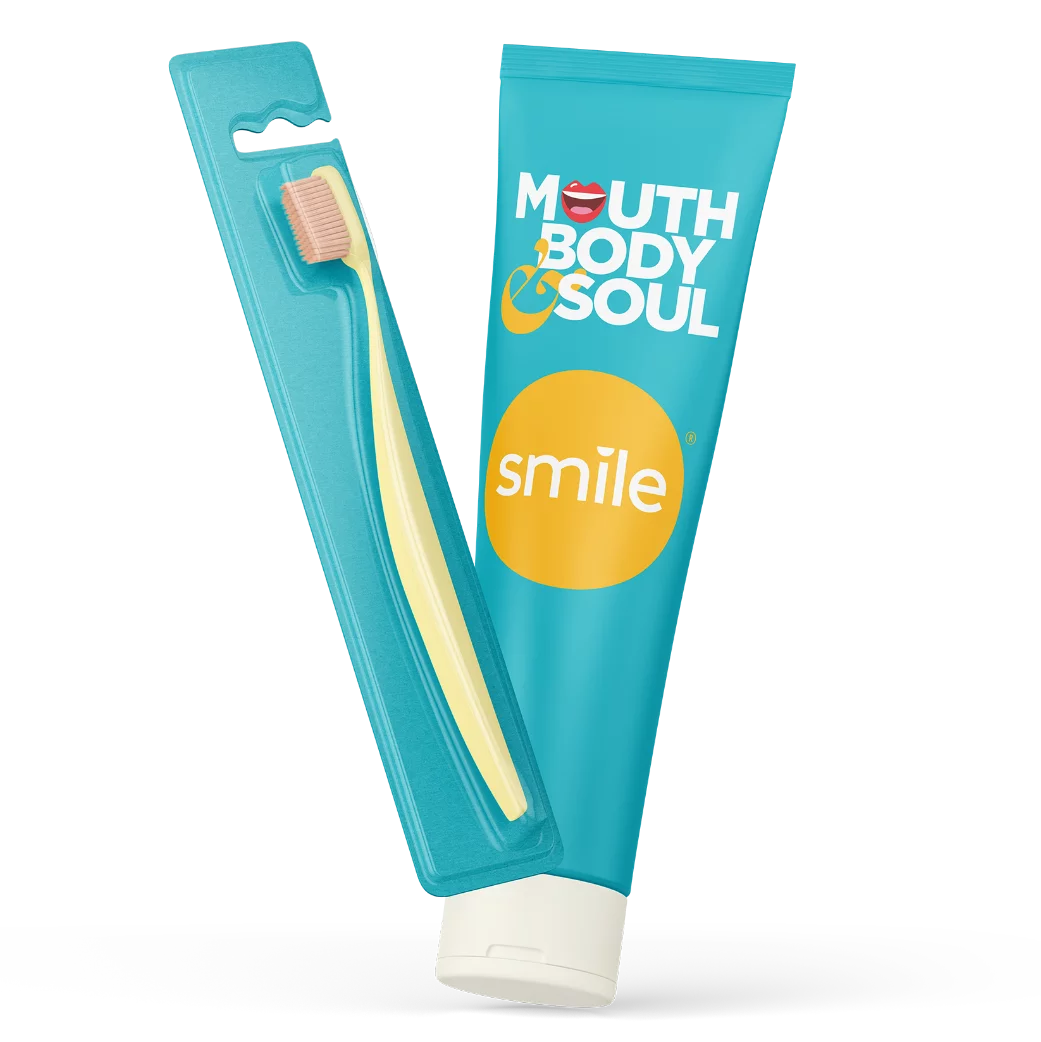DID YOU KNOW?
Dental sealants reduce the risk of cavities by 80%.
Good oral health starts before the first signs of a cavity. Dental sealants are often recommended for children, but adults can get them too.
How can we help?
Book an Appointment Today
A good rule to follow: start early. Schedule an appointment.
Got questions?
You asked about dental sealants, (and even if you didn’t) we answered. Find your answers just a click away.
The first place to start preventing cavities is with good oral hygiene, which includes regular brushing and flossing. When you brush and floss, you are actively getting rid of plaque and acids forming on your teeth, which, if not cared for, can lead to a cavity. It is also good to cut back on consuming sugary and starchy food and drinks. Combined with dental checkups and dental sealants, you are well on your way to preventing cavities.
Make an appointment with a dentist if you suspect you have a cavity. Your dentist will inspect your teeth for evidence of decay and symptoms. After your dentist has determined that you have a cavity, the following step is to ascertain what type of cavity you have. There are three different kinds:
Dental sealants work by forming a thin, protective coating on the surfaces of molars and premolars. They are typically applied to the chewing surfaces of the back teeth, which have grooves called pits and fissures. These grooves can trap food, providing a prime location for cavity-causing bacteria to grow.
Dental sealants are often recommended for children, but adults can also benefit from them. They play a role in good oral health by creating a physical barrier on the chewing surfaces of teeth, preventing cavity-causing bacteria from causing tooth decay.
WebMD. (n.d.). Dental Sealants: What Are They and How Do They Work? https://www.webmd.com/oral-health/dental-sealants
Centers for Disease Control and Prevention. (n.d.). Dental Sealants Can Prevent Cavities. https://www.cdc.gov/vitalsigns/dental-sealants/index.html
Colgate. (n.d.). Dental Sealants: How Do They Work? https://www.colgate.com/en-us/oral-health/sealants/dental-sealants
Better Health Victoria. (n.d.). Dental Sealants. https://www.betterhealth.vic.gov.au/health/ConditionsAndTreatments/dental-sealants
NewMouth. (n.d.). Tooth Sealants: Benefits, Procedure, and Cost. https://www.newmouth.com/dentistry/pediatric/tooth-sealants/


